Learning Pod #1:
Reviewed: https://docs.google.com/document/d/1-w_4fY1kZpPXShMIC2ZraPWMRXuQTFSj/edit
Peers’ Names: Mary Pesado, David Jeong, Kate Ueda, Mikaela Curdyk, Pim Sgoontanag
Interactive Learning Resource Topic: Developing a Growth Mindset
Identify components of the Interactive Learning Resource that might be missing (e.g., appropriate outcomes, alignment, interactivity, inclusivity, technology use and rationale, presentation, grammar, spelling, citations, etc.).
In my opinion, there wasn’t anything blatantly missing but just a few things that could be expanded on to bring your Learning Resource to the next level. I thought the technology choice rationale section could possibly use more citations. It seems that there are a lot of technology descriptions of the technologies that are used without a citation of where this information came from or where I might learn more about those technologies.
In the last sentence in the examples section, a citation for the claims that “It also reduces the risk of depression, enhances self-esteem and improves self-regulation” could be good to add. I found myself wanting to learn more about the growth mindset but not having a good place to look without a citation here.
I think there may be some mismatch in the alignment between learning outcomes and assessments. In general, I would upgrade your learning outcome verbs to the highest Bloom’s Taxonomy level that is mentioned in the assessment, as the lower levels are inherently included in the higher levels.
Finally, for the summative assessment, I would provide a brief description of the summative assessment itself. Specifically, I wasn’t sure if the summative assessment was a reflection separate from Lesson 5, or what the prompt for the assessment would be. Overall though, the rubric is really well done, and I appreciate that it details exactly how the student will be assessed.
Other than the things mentioned above, your learning resource was really well done, and after reading it, I found myself wanting to actually take the growth mindset course for myself!
Provide a summary of The Interactive Learning Resource’s strengths and weaknesses. Draw out specific examples from your peers’ work to justify your feedback.
Strengths: Learning Pod 1 demonstrated many strengths in their Interactive Learning Resource. I appreciated that they included an introduction to their resource to give an overview of the subject matter. I also noticed that overall they did well at backing up their statements with relevant sources in sections such as the learning design and learning theory. A specific example of this is in the sentence: “The experiential learning method is important in this resource because it fosters an environment that accepts challenges, strives for improvement, and understands the benefits of failure (MIT Teaching and Learning Laboratory, 2023)”. Furthermore, most of the assessments aligned well with their learning outcomes.
Weaknesses: I didn’t notice many weaknesses with your learning resource; it was very well done and hit all of the required elements on the outline. The only things I would add would be some specific examples of quiz questions of the assessment for lesson 1 and making sure each learning outcome aligns with the assessments.
Provide general, specific, and practical recommendations to your peers on how to improve their Interactive Learning Resource.
Overall, your resource was really well thought out and put together, I found that there were very few things missing and that for the most part, all of the assessments aligned well with the learning outcomes. I also appreciated that you wrote out the assessments in a detailed and well-organized way. There are a couple of things that I think could be changed but otherwise, great job! The first thing would be adding example questions for the quiz in lesson 1, just to give the reader more of an idea of what questions you would be asking. Furthermore, I noticed that Lesson 2 might not perfectly align between the learning outcomes and assessments. Specifically, it asks students to “identify” in the learning outcome, which is within the “Remember” category of Bloom’s taxonomy. In contrast, the assessment is a blog post where students seem to have to “summarize” or “discuss” the learning from the class, which falls under the “Understanding” category of Bloom’s taxonomy (Shabatura, n.d.). In this case, I would simply change the Learning Outcome to use the keywords “summarize” or “discuss” rather than “identify”. Finally, I noticed that in the summative assessment rubric; it wasn’t initially clear if the self-reflection from lesson 5 is connected to it or not. It might be good to briefly describe the summative assessment itself.
Sources:
Shabatura, J. (n.d.). Using Bloom’s Taxonomy to Write Effective Learning Outcomes | Teaching Innovation and Pedagogical Support. https://tips.uark.edu/using-blooms-taxonomy/

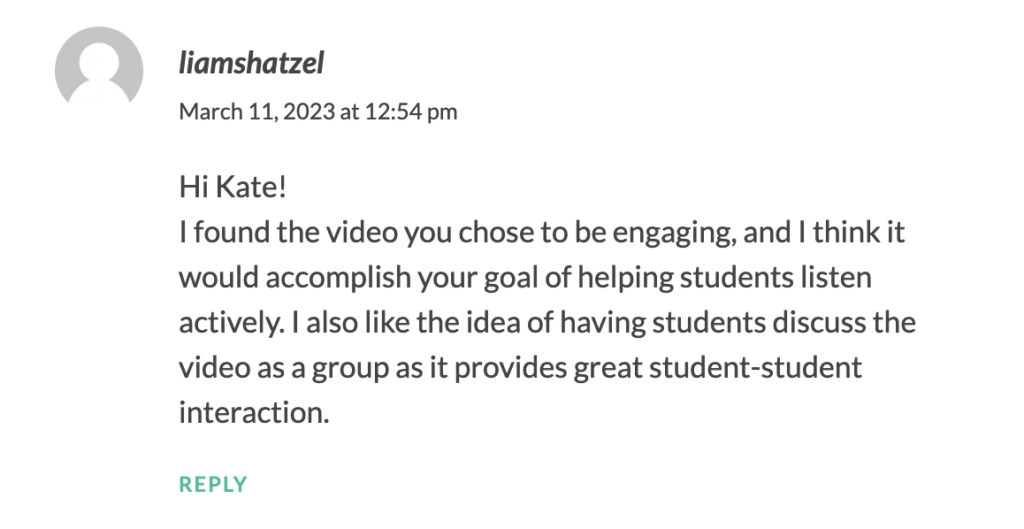

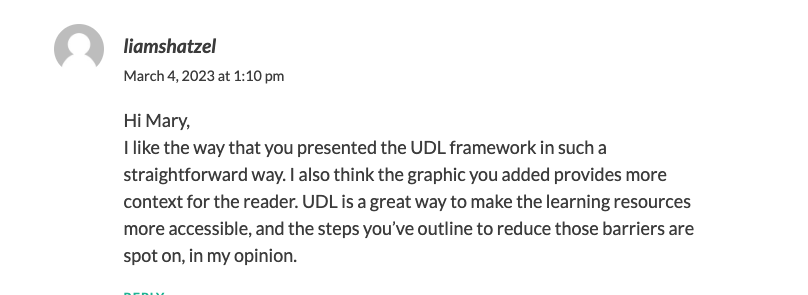
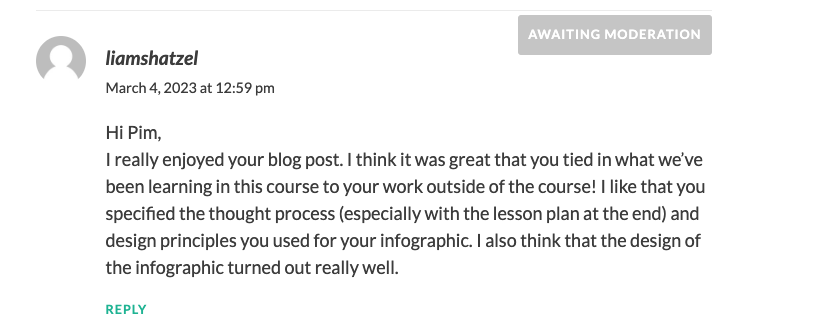



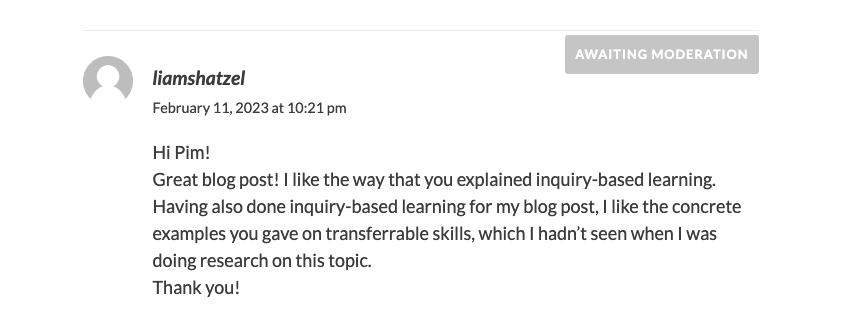
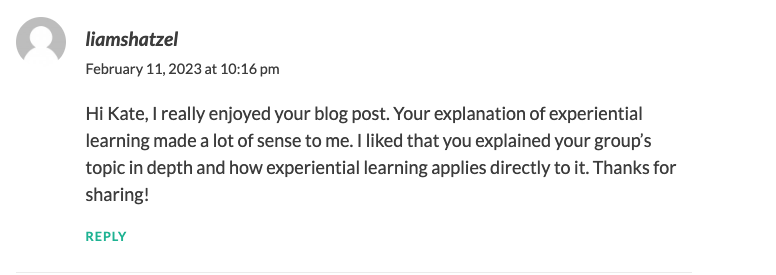
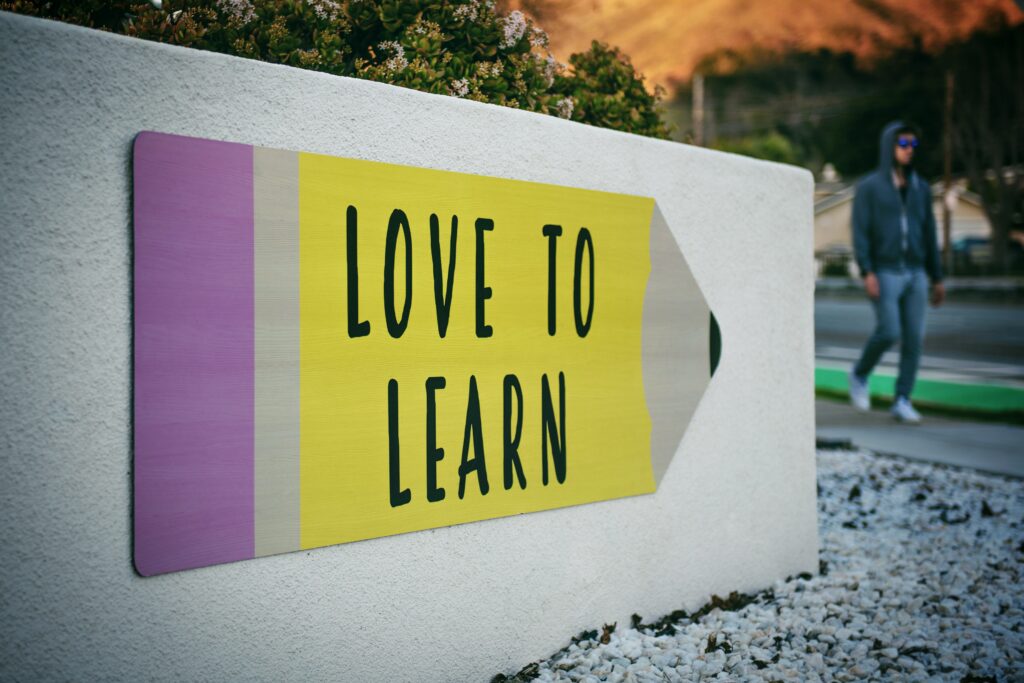



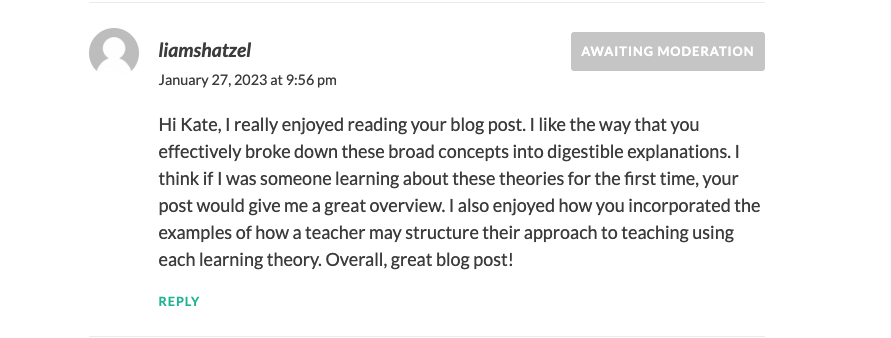



Recent Comments